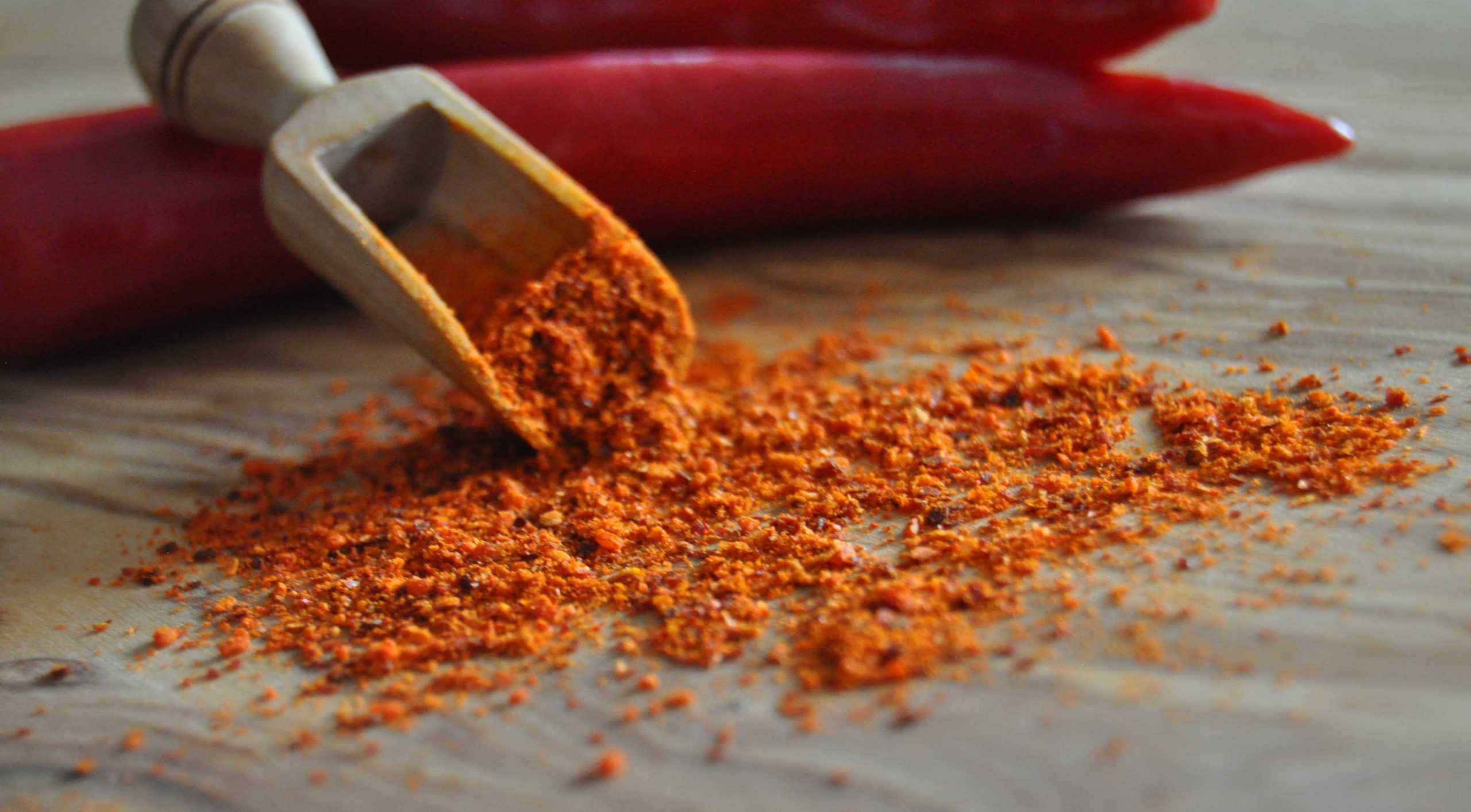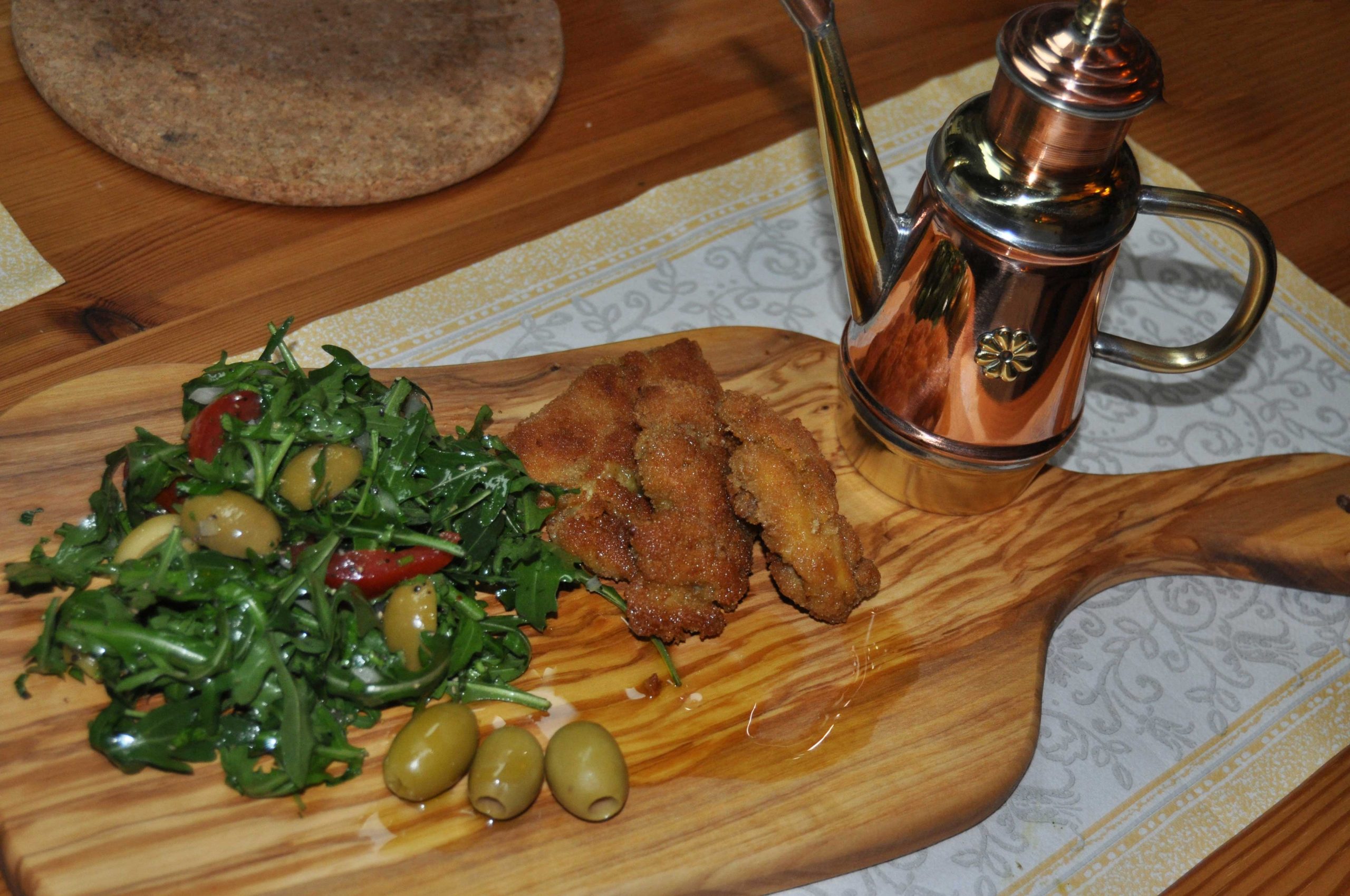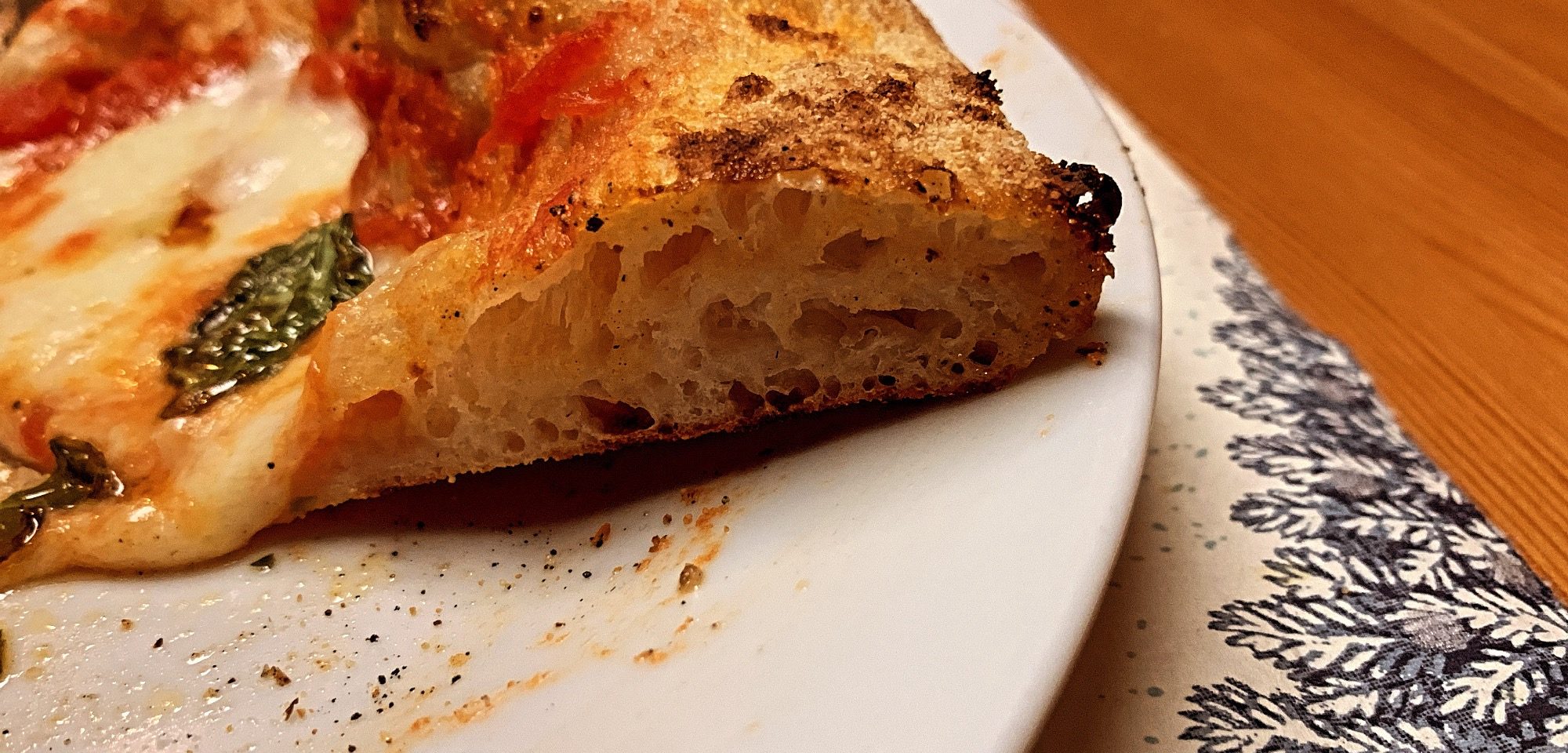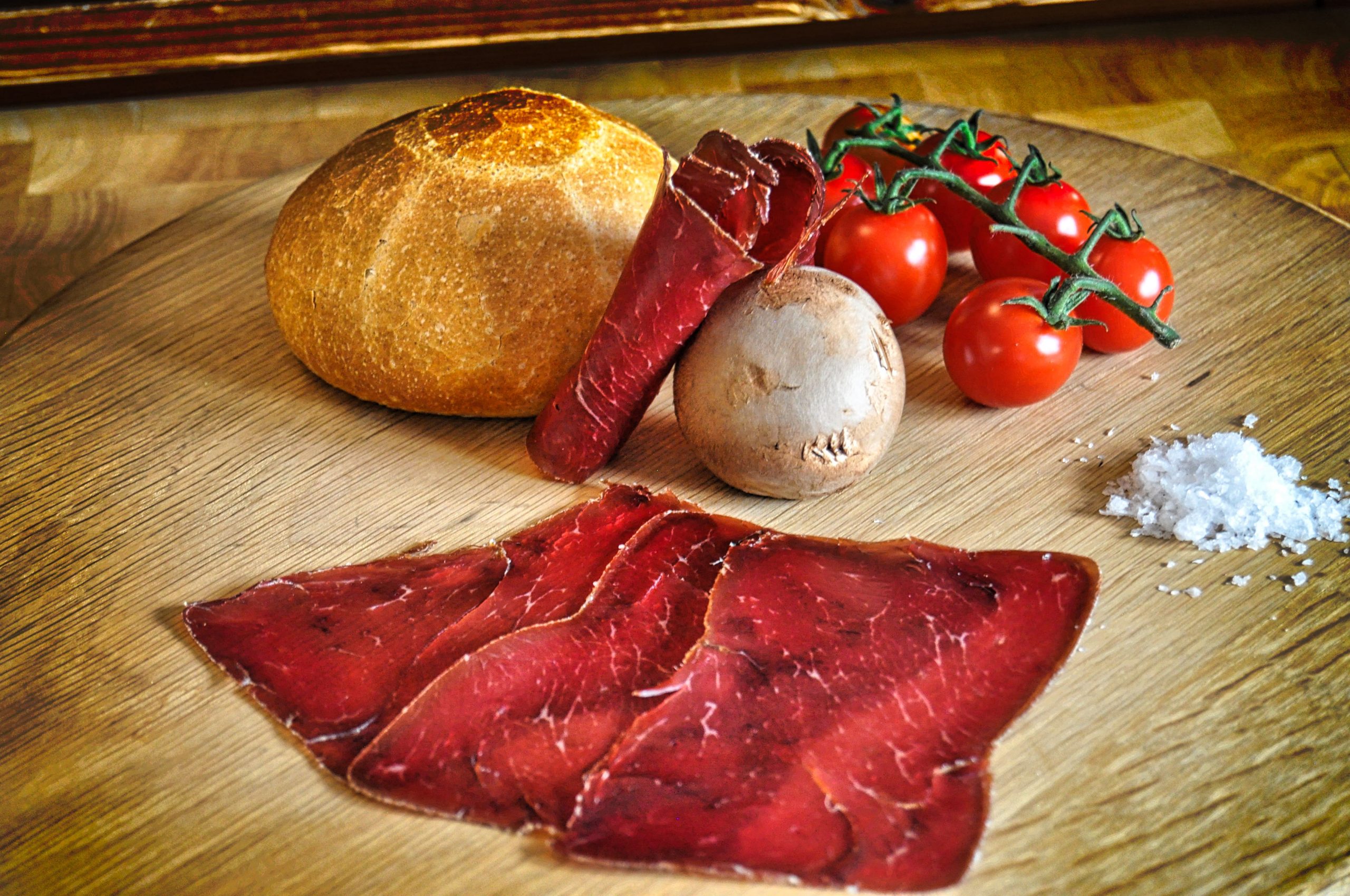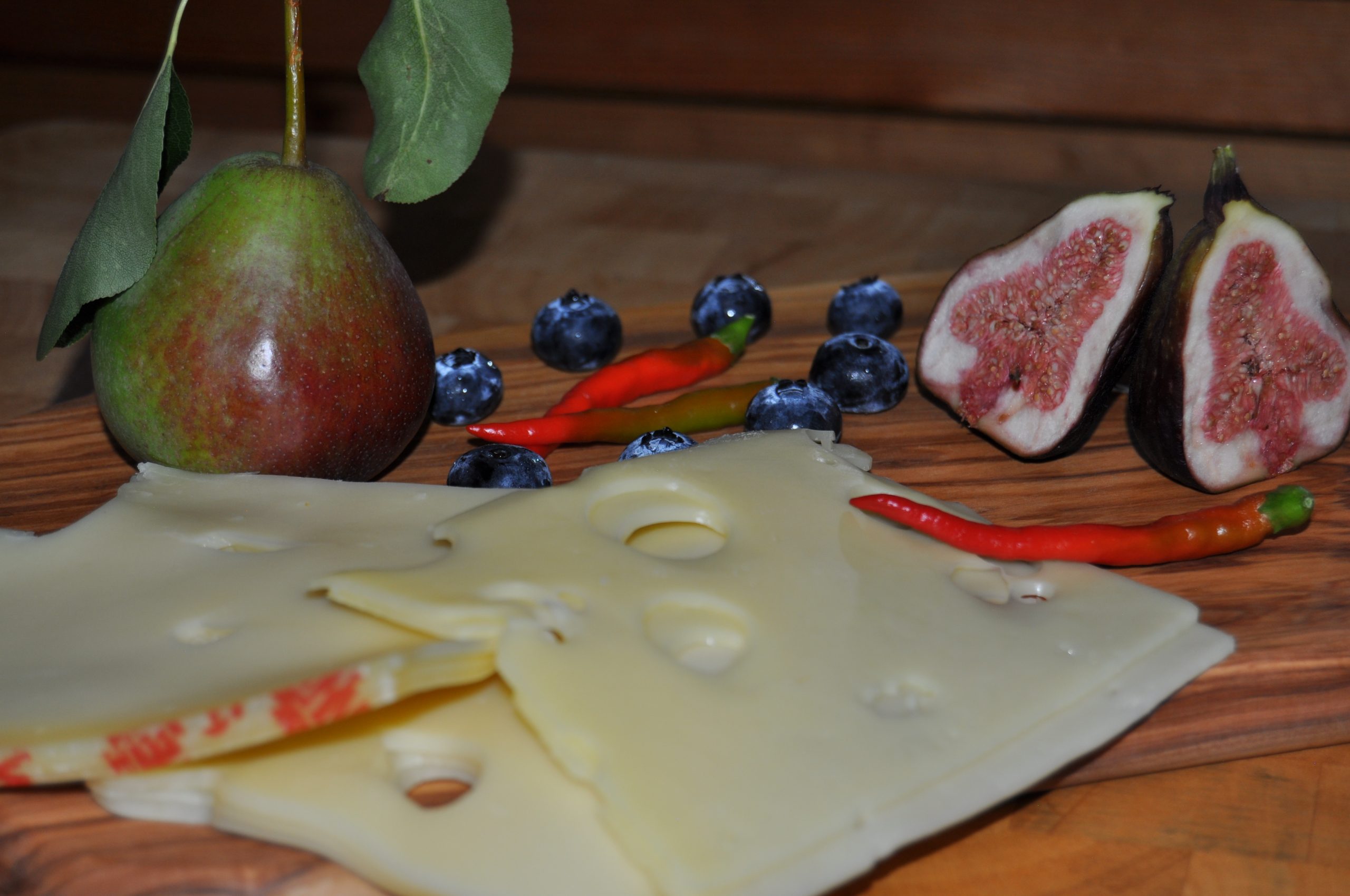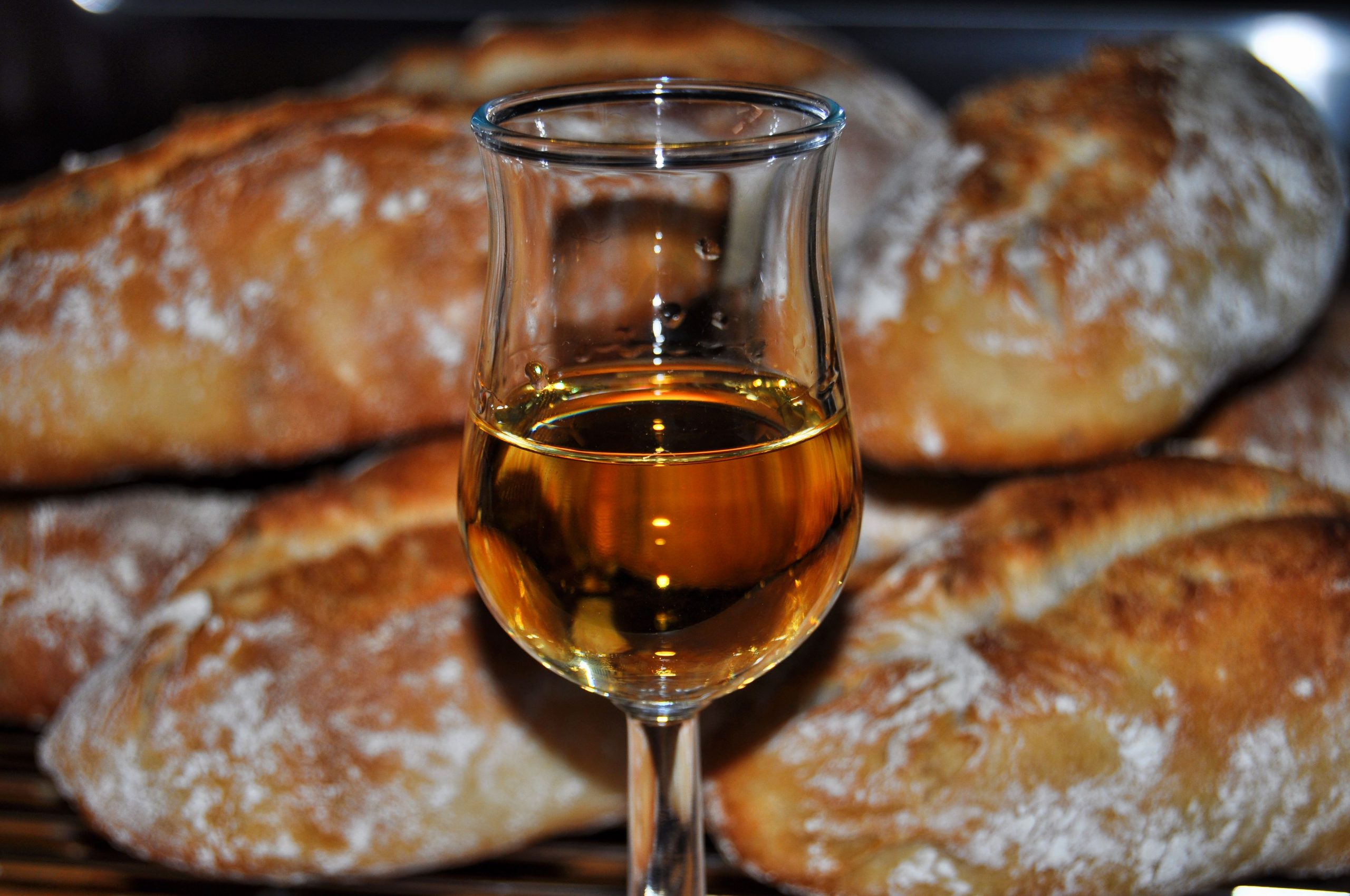Aceto Balsamico is one of the most sought-after condiments in the world: it is particularly popular for seasoning salads.
In general, the Aceto Balsamico from the provinces of Modena or Reggio Emilia is a vinegar: The sweet and sour taste and intense spiciness of Aceto Balsamico predestine this unique vinegar to serve as the perfect seasoning for countless creations. But where does the unique spiciness of an Aceto Balsamico come from and what is the story behind this unique vinegar?
The origins of Aceto Balsamico lie in antiquity: as early as the third millennium BC, there supposedly was a vinegar similar to today’s Aceto Balsamico.
But at that time, the term aceto balsamico didn’t exist; vinegar was mainly made from grape must, figs, dates or apples. These vinegars were commonly called “balsamic” because of their beneficial effects.
Aceto Balsamico Tradizionale
Nowadays, there is a complex production process behind Aceto Balsamico: however, a strict distinction must be made between Balsamico Tradizionale and Aceto Balsamico di Modena. Balsamico Tradizionale is often referred to as the original form of balsamic vinegar: With the Tradizionale, the must of late-harvested white Trebbiano or Lambrusco grapes is boiled in copper kettles and thus thickened so that only a small part of the must remains at the end. It is important that the boiling takes place before the first fermentation of the grape must.
This process can take 12 to 36 hours.
Trebbiano or Lambrusco grapes are particularly popular for the production of balsamic vinegar, but other white grape varieties are allowed for the production as well.
The syrup obtained by thickening is filtered: Now follows the step during which the balsamico acquires its typical flavor. To the syrup is added a proportion of balsamic vinegar at least ten years old and a proportion of fresh wine to initiate a fermentation process.
The process of storage in wooden barrels takes years to decades.
Storage time and maturation
Now the resulting vinegar is stored in various wooden barrels: Each vinegar barrel is made of a different wood. Balsamic vinegars are stored in barrels made of cherry wood, oak wood, chestnut wood or juniper wood. Depending on the recipe, the order in which the balsamic vinegar is stored in the respective barrels is decisive.
The process of storage in wooden barrels takes years to decades. A special characteristic is that the balsamic barrels are traditionally stored in attics: In summer, the climate there is humid, which stimulates the activity of the bacteria that give balsamic its aroma. In winter, on the other hand, the activity in the barrels decreases and the balsamic is allowed to “mature”.
In the case of Tradizionale, the maturation period is at least twelve years. From an age of 25 years, the balsamico bears the designation extra vecchio.
Enormous seasoning power
Aceto Balsamico Tradizionale must consist of only one ingredient: Grape must. No other ingredients or chemical additives may be added.
The production process of Aceto Balsamico Tradizionale implies that there are only very small quantities of the condiment: Each additional year that the balsamic is reduced and thickened is accompanied by a significant reduction in the amount of balsamic in the barrel.
At the end of a storage period, perhaps 10 liters remain from a barrel of balsamic that originally held 500 liters.
In addition, the bacterial culture (mother of vinegar/madre dell’aceto) in a balsamic vinegar barrel can be destroyed by insects or other infections. If something like this happens, all the affected barrels have to be emptied and sterilized.
As laborious as this production method may sound, it results in the enormous seasoning power that an Aceto Balsamico Tradizionale brings. It lends dishes a unique flavor, but without overshadowing the inherent taste of the dish itself. Especially in Italian cuisine, balsamic vinegar plays a very important role due to its wide range of applications.
The low availability and high price of a balsamic vinegar made this unique seasoning an exclusive product for a long time, used mainly in the kitchens of aristocratic homes: the word balsamic vinegar was first mentioned in writing in 1747. At that time, balsamic vinegar had already become a popular seasoning. Chemical additives that would have been suitable for imitating an Aceto Balsamico did not exist at that time: consequently, for a very long time, the pleasure of balsamic vinegar was accessible only to a confined group of people. Even today, because of its long maturing time and its unique taste, Aceto Balsamico Tradizionale is a condiment that should be used only drop by drop because of its price and also because of its intense flavor.
The name Balsamico alone is not protected, so one can purchase any balsamic vinegar product under the name Balsamico.
Other varieties of balsamic vinegar
In recent decades, other new production methods have been developed to produce a Balsamico without extremely high costs. However, these variants will never quite approach the taste of a Tradizionale, despite numerous additives and flavors. The name Balsamico alone is not protected, so one can purchase any balsamic vinegar product under the name Balsamico.
The protected designations of origin include Aceto Balsamico Tradizionale DOP and Aceto Balsamico di Modena IGP.
The requirements for Aceto Balsamico di Modena IGP are not nearly as stringent as those for Aceto Balsamico Tradizionale: Balsamico with the addition di Modena may also contain wine vinegar, among other things. In addition, the requirements for this quality level have only been defined recently, which is why there are numerous products in circulation that have little to do with the original balsamico.
In the 19th century, the oenologist Francesco Agazzotti (1811 – 1890) fixed the exact production process of Aceto Balsamico for the first time. The letter that Agazzotti wrote at that time still serves as a basis today if there is ever any ambiguity in the production process.
Balsam for the senses
Practically any dish can be enhanced with a few drops of balsamic vinegar: be it a tomato carpaccio, a salad, a piece of Parmigiano Reggiano or even a few strawberries – balsamic vinegar complements the flavor of any dish or food without eclipsing its own particular taste.
Aceto Balsamico plays a unique role in Italian culinary culture: it demonstrates that grapes can be used not only to make wine, but also as an extremely intense seasoning.
In the vast majority of cases, only the Balsamico Tradizionale will be able to offer the taste of a “real” Balsamico: It is only this balsamico that has to be produced according to the classical traditions that have been consolidated in many families over centuries.
But when more and more Italian products were exported in the 20th century, it was clear that a less expensive counterpart had to be created for the Aceto Balsamico: Usually, a glance at the list of ingredients of a balsamico, which should normally only contain grape must, reveals the intensity of taste one can expect from it.
Gourmets all over the world appreciate the unique vinegar from northern Italy and use it in an unimaginable number of ways – in almost every application, it raises a dish to a new level in terms of taste and emphasizes the respective intrinsic flavor of the ingredients. The Aceto Balsamico is truly a balsam for the senses.
Cover picture: © Simon von Ludwig

 Deutsch
Deutsch